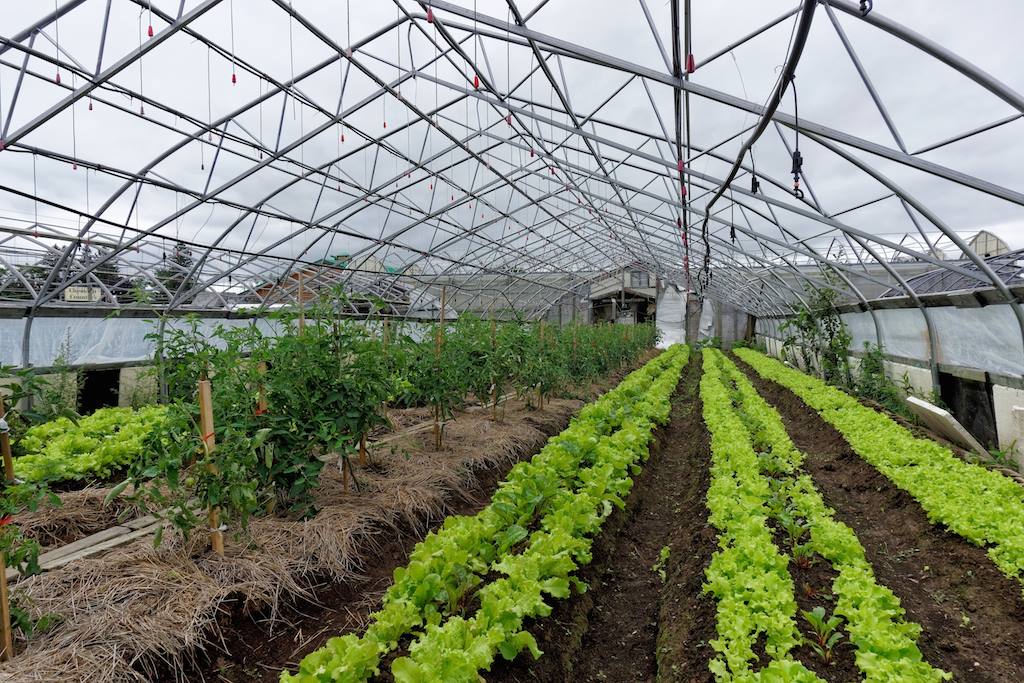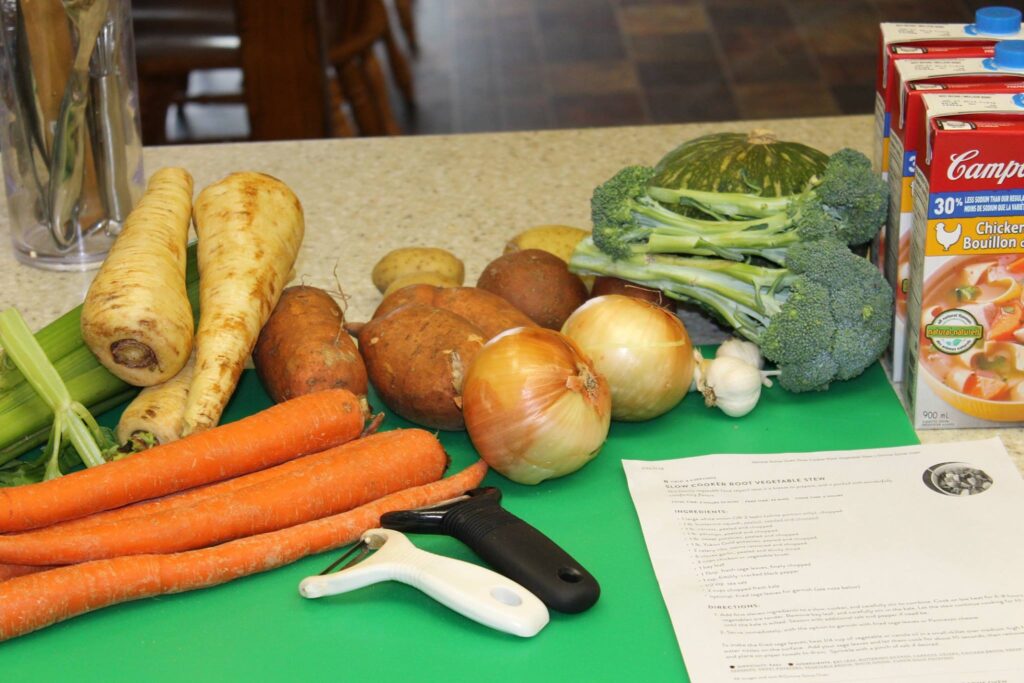There’s something wholesome about getting your hands dirty in the garden and growing your own food.
That’s if you ask Alex Boyd, the executive director of Fredericton’s Greener Village food bank in New Brunswick.
“There’s just something therapeutic about working the ground, being outside, and getting the fresh air and the sunlight,” Boyd says. “I don’t know if it’s the microbes in the soil that are good for us, but I think there’s something that connects us to the earth, and it’s really positive.”
Creating an environment where people can grow their own food can also be a powerful way to make a positive impact in addressing food insecurity, Boyd adds.
As a charitable organization focused on increasing food security through inclusive programs and services — which include the Fredericton Food Bank, an affordable clothing boutique, life skills development, and community gardens — Boyd believes that growing food in partnership with the community plays a big role in developing the experience and supportive relationships that will strengthen the ability of food bank clients to look after themselves and help alleviate hunger for one another.
“If you can learn how to grow your own food, then you’re a step ahead in having the ability to feed your family,” Boyd says. “If you can do that for yourself or you can do it in a community garden, or if a food bank can do that for its clients, I think that’s a really valuable and powerful thing.”

IT TAKES A VILLAGE
The Fredericton Food Bank first had its origins in a church basement in 1983, but after moving to a new location in 2011 that used to be a vibrant plant nursery, the organization was renamed Greener Village.
“The previous business that owned the property was called Green Village,” Boyd explains. “So, it’s a play on that, because it really does take a village of people all working together to be able to accomplish what we want to accomplish.”
With about 50 prepared garden beds that are available to clients and community members for growing, four functional greenhouses, and an outdoor trellis system already on site, Boyd says the 20-acre location opened up new possibilities for the food bank to “get people more help than what’s in the traditional food box.”

At Greener Village, Boyd says the food bank began growing peppers, cucumbers, beets, lettuces and more to improve the health and sufficiency of their client hampers.
“Pretty much anything we can grow, we grow it,” he says, adding that the development of irrigation and rainwater collection systems at Greener Village have boosted their vegetable yields from the garden.
Soon after Syrian refugees started arriving in Fredericton in 2016, the food bank also added eggplant to the garden to ensure that culturally appropriate foods are available to the community.

“We did a bit of a reshuffle on the seeds that we typically have available to people, making sure that we have the right seeds on hand so that they can grow the food that is going to be the most impactful for their families,” he says.
Through constant improvement, Boyd says Greener Village annually grows more than 4,000 pounds of high-quality produce of all kinds for its clients.
The experienced staff of Greener Village also provide training so that clients and community members can learn and improve their growing skills going forward.
“One of the core things that we do is growing our own food for food bank client hampers, but we also give people the soil resources, the plots, the seeds, the equipment and the training to be able to grow their own food and grow it really effectively,” Boyd says. “To me, that’s the beauty of community gardens, especially when they’re attached to food banks, and they have adequate volunteers or staff who can train people.”


Boyd remembers a family of former food bank clients who now live in Toronto, and while the hampers that Greener Village gave them are now long gone, he says he knows the skills they gained at the community garden are still intact.
“They get to keep those, and they get to use those,” Boyd says of the clients’ gardening skills, which is why he is also encouraging more food banks and hunger relief agencies to get engaged in food growing.
“It’s a way of making a long-term impact in someone’s life that shouldn’t be denied,” Boyd says. “If there’s a way that you can do it as a food bank, then try to do it, or reach out to a food bank that does it and see if there’s a way to help.”